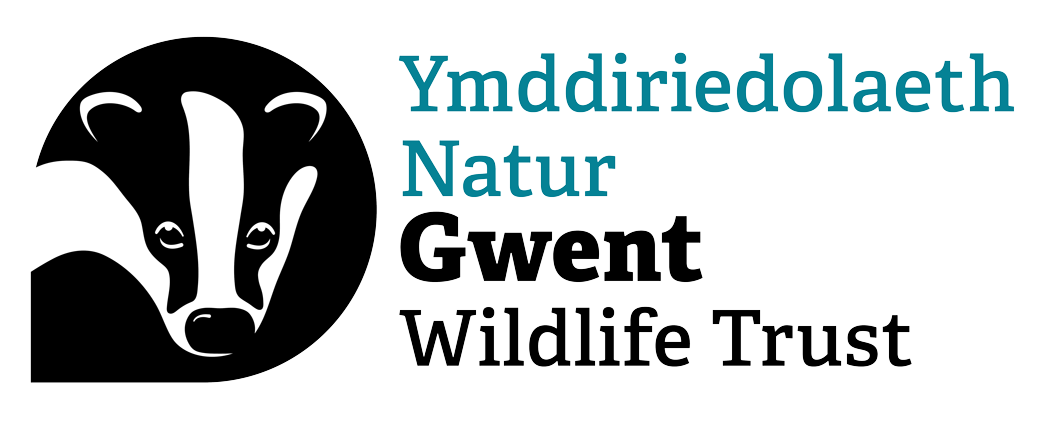Search
Chwilio
Education and Engagement
My social network
For our regular volunteers, weekly work parties on our nature reserves are not just about helping to protect local wildlife. They are also a chance to catch up with old friends, meet new ones and…
Working together to be a force for nature - COP27
Gwent Wildlife Trust join colleagues across the Wildlife Trust movement in calling on the UK Government to be world leaders on climate at COP27, by taking urgent action to restore nature at home…
Cotton spinner
Although they might not look it, sea cucumbers like this one belong to the Echinoderm group and are therefore closely related to starfish and sea urchins
Smooth newt
You are likely to spot the smooth newt in your garden or local pond. It breeds in water in summer and spends the rest of the year in grassland and woodland, hibernating over winter.
Weasel
Weasels may look adorable, but they make light work of eating voles, mice and birds! They are related to otters and stoats, which is obvious thanks to their long slender bodies and short legs.
Holly blue
Look out for the small holly blue in your garden or local park. It is the first blue butterfly to emerge in spring, and a second generation appears in summer. The caterpillars are fond of holly…
Patchwork leaf-cutter bee
The appearance of semi-circular holes in the leaves of your garden plants is a sure sign that the patchwork leaf-cutter bee has been at work. It is one of a number of leaf-cutter bee species…
Wilder Resources
My close up
Once a month, Robert attends his local Wildlife Watch group in Nottinghamshire. He’s been going for over a year now and has made lots of new friends; most of all, though, he loves how much he has…
Update on Gwent Wildlife Trust's Ash Dieback works
Our Woodland Conservation Officer Doug Lloyd gives an update on our management of diseased Ash on our nature reserves.
